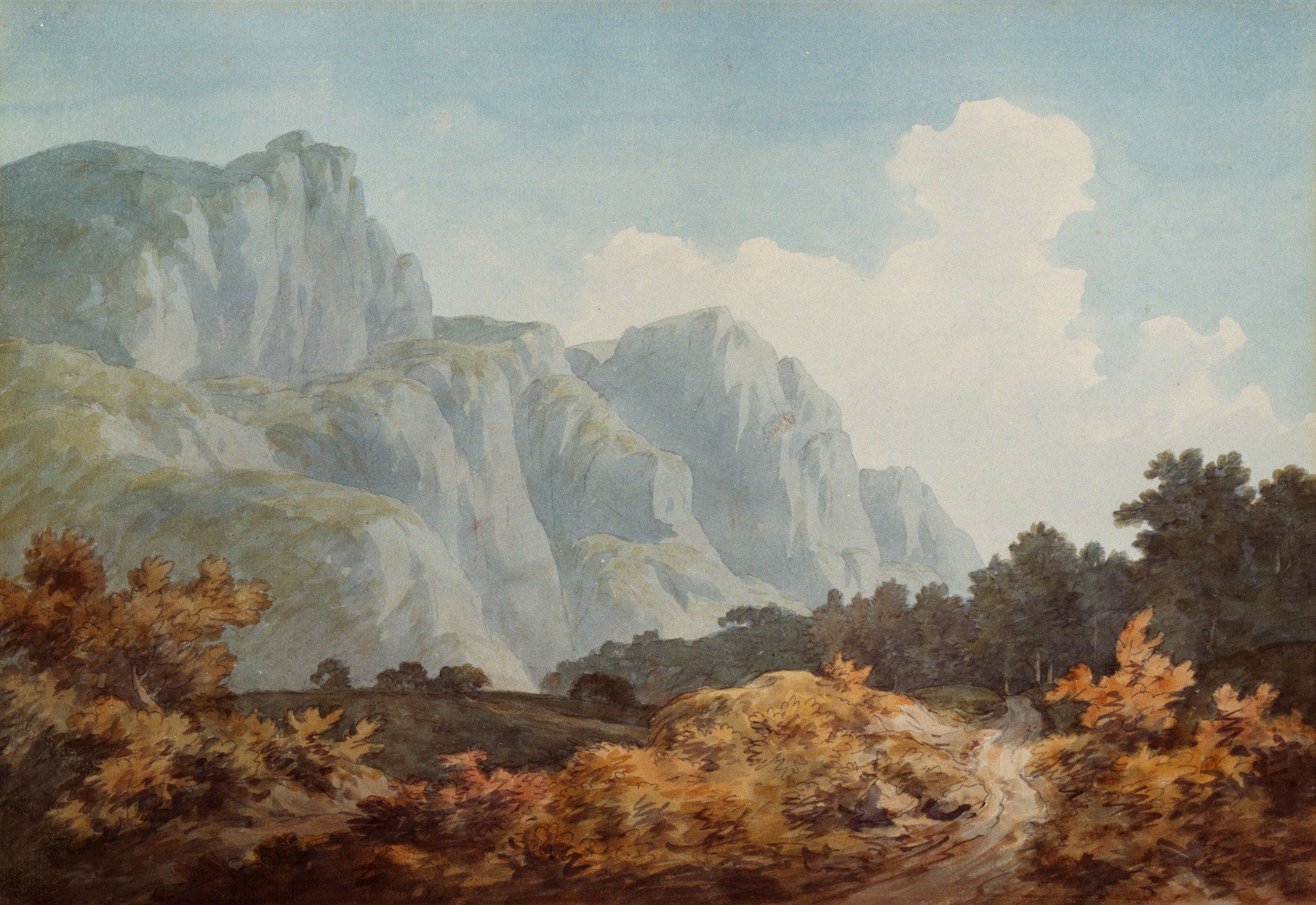
Art is an indelible thread woven through the fabric of human civilization. It exists as a mirror to society, a vessel for emotions, and a medium for storytelling. Art transcends barriers of language and culture, speaking to the innate creativity and emotional depths of human beings. Whether found in the delicate brushstrokes of a painting, the dynamic rhythm of a dance, or the stark minimalism of modern sculptures, art represents an enduring testament to humanity’s ingenuity and its quest for meaning.
Art as Expression
Art, in its purest form, is an act of expression. It allows individuals to externalize their internal worlds, translating complex thoughts and emotions into a form that can be experienced by others. This process of creation is deeply personal yet universally resonant. A single artwork can evoke myriad interpretations, offering insight into the artist’s psyche while connecting to the audience’s unique perspectives.
What sets art apart from other forms of communication is its ability to exist beyond literal language. It utilizes a visual or auditory vocabulary that speaks directly to the subconscious. A vivid oil painting may communicate serenity, chaos, or nostalgia without a single word. Likewise, a haunting melody can capture sorrow or hope in a way that resonates universally.
The Historical Tapestry of Art
Art has been an integral part of human life since prehistoric times. The ancient cave paintings of Lascaux, adorned with depictions of animals and hunting scenes, demonstrate humanity’s early attempts to record and convey experience. These primal expressions laid the groundwork for a rich and varied history of artistic achievement.
As civilizations evolved, so did the sophistication and purpose of art. In ancient Egypt, it served religious and funerary purposes, with meticulously crafted sculptures and hieroglyphs illustrating the journey to the afterlife. Greek and Roman cultures elevated art to a celebration of human beauty and intellect, creating masterpieces that embodied balance, symmetry, and realism.
The Renaissance marked a transformative era, where art became a platform for exploring science, philosophy, and the human condition. Figures like Michelangelo and Leonardo da Vinci infused their works with emotion and precision, bridging the gap between spiritual reverence and worldly inquiry. In contrast, the Romantic period embraced emotion and individualism, celebrating nature’s untamed beauty and the sublime.
In the modern era, art took a revolutionary turn, challenging traditional definitions and exploring abstraction, surrealism, and conceptualism. Movements like Cubism, spearheaded by Pablo Picasso, and Dadaism disrupted conventions, encouraging audiences to engage with art in new ways. Today, art continues to evolve, incorporating digital mediums and interactive installations that redefine the boundaries of creativity.
The Emotional Resonance of Art
Art has a profound capacity to evoke emotions, often serving as a conduit for feelings that are difficult to articulate. It allows individuals to confront joy, grief, wonder, and anger, providing an outlet for catharsis and reflection. This emotional resonance is why art holds such a cherished place in human culture—it invites vulnerability while offering solace.
Consider the serenity of Claude Monet’s “Water Lilies” series, where soft brushstrokes and muted tones evoke tranquility. Alternatively, Edvard Munch’s “The Scream” captures existential anxiety, its bold colors and distorted forms striking a visceral chord. These works, though separated by time and intent, demonstrate art’s ability to connect deeply with the human spirit.
Art as a Cultural Lens
Art is also a reflection of its time and place, offering a lens through which society can examine its values, struggles, and achievements. Each piece of art tells a story not only about its creator but also about the cultural milieu from which it emerged. For instance, the intricate tapestries of medieval Europe narrate tales of devotion and feudal life, while the bold murals of Diego Rivera celebrate labor and revolution in 20th-century Mexico.
In contemporary settings, art often grapples with global issues like climate change, social justice, and identity politics. Activist art, ranging from graffiti to large-scale installations, challenges viewers to confront uncomfortable truths, encouraging dialogue and action. Through this lens, art serves as both a record of history and a catalyst for progress.
The Universality of Art
Despite its diversity in form and meaning, art possesses a universal quality that transcends boundaries. A Japanese woodblock print, an African tribal mask, or a Baroque symphony may originate from distinct traditions, yet they all share the ability to inspire awe and introspection. This universality highlights art’s role as a bridge between cultures, fostering understanding and appreciation for diverse perspectives.
The universality of art also underscores its ability to address fundamental human experiences. Themes of love, loss, resilience, and transformation appear across artistic mediums and eras, connecting people through shared emotions and aspirations. In this way, art affirms our common humanity while celebrating individual creativity.
The Role of Technology in Art
Advancements in technology have revolutionized the art world, expanding the possibilities for creation and engagement. Digital tools have enabled artists to experiment with new techniques, blending traditional methods with cutting-edge innovations. Virtual reality (VR) and augmented reality (AR) offer immersive experiences that transform how audiences interact with art, making it more accessible and dynamic.
Technology has also democratized art. Platforms like Instagram and online galleries provide a stage for emerging artists, breaking down traditional barriers of entry. This accessibility fosters a vibrant and inclusive artistic community, allowing voices from all walks of life to contribute to the cultural dialogue.
Art as Therapy
Beyond its aesthetic and cultural significance, art holds therapeutic value. Engaging in creative activities can reduce stress, improve mental health, and foster emotional well-being. Art therapy, a recognized discipline, harnesses this power to help individuals cope with trauma, anxiety, and depression.
Creating or experiencing art provides an opportunity for mindfulness, a moment to focus on the present and connect with one’s inner self. Community art projects further this therapeutic potential by fostering collaboration and a sense of belonging. Public murals, sculptures, and installations transform shared spaces, creating environments that uplift and inspire.
The Future of Art
As society continues to evolve, so too will the role of art. Emerging technologies, shifting cultural landscapes, and new modes of expression will shape the future of creativity. Yet, the essence of art—its ability to inspire, provoke, and connect—will remain unchanged.
Art will undoubtedly continue to reflect humanity’s triumphs and challenges, serving as a chronicle of our collective journey. It will push boundaries, inviting audiences to see the world through fresh perspectives and encouraging dialogue about what it means to be human.
Conclusion
Art is a cornerstone of human culture, an enduring testament to creativity and the complexity of the human experience. It is a language that speaks without words, a mirror that reflects society, and a bridge that unites individuals across time and space. Its beauty lies not only in its form but also in its ability to evoke emotions, challenge perceptions, and celebrate the diversity of life.
In its myriad forms and functions, art remains a powerful force, shaping our world and enriching our lives. Whether found in the quiet elegance of a watercolor painting, the pulsating energy of a street performance, or the thought-provoking depth of a contemporary installation, art invites us to explore, imagine, and connect. It is, and always will be, a profound expression of humanity’s boundless potential.
